Understanding Hindu Culture: The Spiritual Backbone of Nepal
Nepal is a Hindu methodology-related country. Hindu culture is the oldest and richest living culture in the world. Here, Hinduism is not just a religion. It is a way of life that shapes everything from festivals and rituals to food, clothing, architecture, and social values. Nepal has an 80% population are practices Hinduism. They are making it the dominant religion in the country. It is deep-rooted traditions, mythology, and philosophies of Hindu culture. They have given spiritual identity to Nepal’s people. They have created a unique cultural heritage admired around the world.
1. Origins and Philosophy Of The Hindu Culture
Hinduism is accepted to have started thousands of a long time prior in the Indian subcontinent. Not at all like numerous other religions, Hinduism has no single originator. Instep, it is a collection of different convictions, hones, and conventions created over time. The Vedas, Upanishads, Bhagavad Gita, and Puranas are the fundamental sacrosanct writings that frame the establishment of Hindu philosophy.
The Hindu worldview is based on the thought of Dharma (duty/righteousness), Karma (activity and result), Moksha (freedom), and Samsara (cycle of resurrection). These standards direct the ethical and otherworldly life of a Hindu person.
2. Gods and Goddesses Of Hindu Culture
Some of the most respected gods in Nepal are as follows:
- Lord Shiva: The god of devastation and change. The celebrated Pashupatinath Sanctuary in Kathmandu is committed to him.
- Lord Vishnu: The preserver of the universe. He is adored in different avatars like Rama and Krishna.
- Goddess Durga: The furious defender and mother goddess, revered amid Dashain.
- Goddess Lakshmi: The goddess of riches and success, particularly honored amid Tihar.
- Lord Ganesh: The remover of impediments, revered at the starting of each custom.
3. Rituals and Worship Of Hindu Culture
Customs (known as Puja) are a noteworthy portion of Hindu culture. From every day morning supplications to expound sanctuary ceremonies, adore includes offerings of blossoms, incense, rice, and sacred water to gods, along with chanting of mantras.
Many families in Nepal have a little domestic holy place or sacrificial table, where family individuals start their day with supplication. Open sanctuaries, particularly in cities like Kathmandu, Bhaktapur, and Patan, are centers of devout life. Journey to sacrosanct locales such as Pashupatinath, Muktinath, and Janakpur are common for otherworldly merit.
Important life occasions like birth, naming ceremonies, marriage, and passing are stamped with nitty gritty Hindu ceremonies known as Samskaras, guided by clerics (Pandits) and sacrosanct writings.
4. Festivals and Celebrations Of Hindu Culture
Hindu celebrations are colorful, exuberant, and profoundly otherworldly. They regularly check enormous occasions, changes of season, legendary stories, or the triumph of great over evil.
Some major Hindu celebrations in Nepal are as follows:
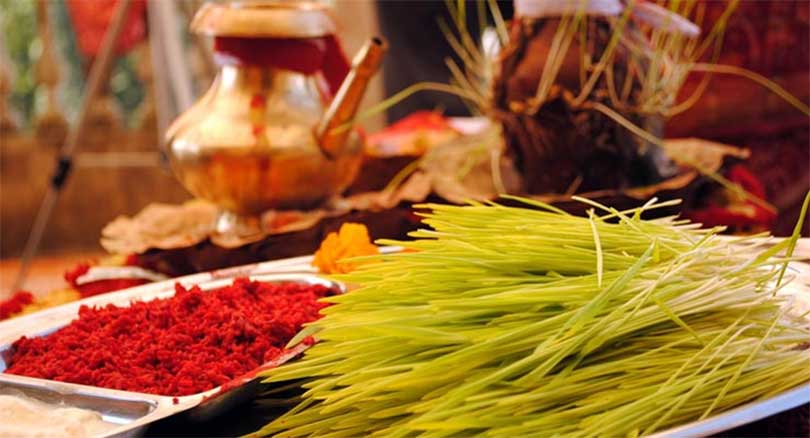
- Dashain: The greatest Hindu celebration in Nepal, enduring 15 days, celebrates the triumph of Goddess Durga over fiendish. Families accumulate, creatures are yielded, and older folks offer Tika and Jamara to more youthful ones.
- Tihar (Deepawali): Known as the celebration of lights, Tihar respects crows, mutts, dairy animals, and brothers. Homes are enhanced with oil lights and rangolis, and Goddess Lakshmi is adored for prosperity.
- Teej: A women’s celebration where hitched ladies quick and implore for the long life of their spouses, and single young ladies supplicate for a great husband.
- Holi: The celebration of colors stamping the entry of spring and the triumph of great over evil.
- Janai Purnima: A sacrosanct thread-changing ceremony watched by Brahmins and Chhetris.
- Chhath: Particularly watched in the Terai locale, this celebration is devoted to the Sun God.
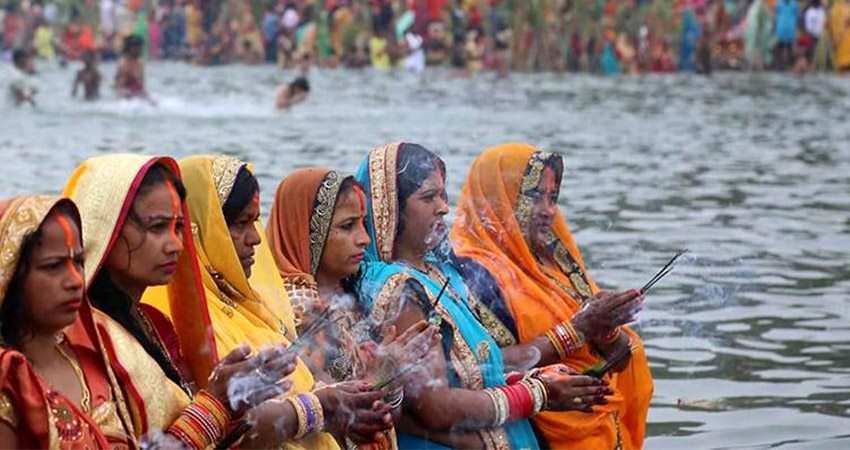
5. Social Structure and Traditions Of Hindu Culture
Hindu culture customarily works on a caste framework (Varna framework), which isolates society into Brahmins (clerics), Kshatriyas (warriors), Vaishyas (dealers), and Shudras (laborers). In spite of the fact that the caste framework is presently debilitated in present day Nepal, its impact still waits in a few ranges, particularly amid devout or social events.
Family life is central in Hindu culture. Joint families, regard for seniors, and orchestrated relational unions are common. Marriage is considered a sacrosanct obligation, not fair a social contract.
Clothing moreover reflects devout values. Ladies frequently wear sarees or kurta suruwal, whereas men wear daura suruwal or dhoti for devout events. Ruddy is considered an favorable color, particularly for hitched ladies.
6. Art, Music, and Architecture of Hindu Culture
Hindu culture has enormously impacted Nepali engineering, music, and craftsmanship. Sanctuaries and royal residences are planned concurring to Vastu Shastra (conventional Hindu engineering science), with complicated wood carvings and pagoda-style roofs.
Hindu legends like the Ramayana and Mahabharata have propelled incalculable dramatizations, tunes, and canvases. Conventional music rebellious like mrdanga, damaru, and sitar are utilized in reverential music (bhajans).
Kathmandu Valley is filled with antiquated sanctuaries and legacy locales built in Hindu style—Bhaktapur Durbar Square, Patan, and Hanuman Dhoka are fair a few.
7. Pilgrimage and Holy Sites Of Hindu Culture
Nepal is home to many sacred Hindu pilgrimage sites. Pilgrims from India and around the world come to visit the following places
- Pashupatinath: One of the holiest Shiva temples in the world, located in Kathmandu.
- Muktinath: A sacred site for both Hindus and Buddhists in Mustang.
- Gosaikunda: A high-altitude lake associated with Lord Shiva.
- Janakpur: The birthplace of Sita, wife of Lord Rama.
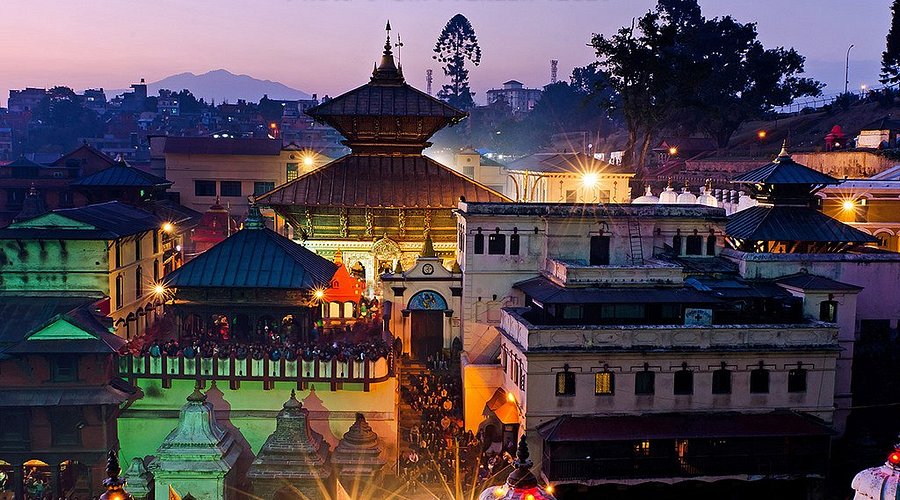
8. Challenges and Preservation
In spite of its solid presence, Hindu culture in Nepal faces challenges due to modernization, movement, and globalization. Youthful eras in some cases discover conventional customs inflexible or unessential. Be that as it may, endeavors by communities, devout pioneers, and the government are making a difference protect and advance Hindu legacy through instruction, tourism, and media.
Temples and ceremonies are being restored, and celebrations proceed to be broadly celebrated, demonstrating that Hindu culture is versatile and persevering.
Conclusion
Hindu culture is the otherworldly and social heart of Nepal. Its profound logic, colorful conventions, and sacrosanct hones proceed to direct the lives of millions. Whether through celebrations, sanctuaries, stories, or customs, Hinduism weaves its quintessence into the regular texture of Nepali society. As Nepal develops and modernizes, keeping up this wealthy social legacy will be crucial for protecting national personality and otherworldly concordance.
See More Related:
The Newar Culture
Indigenous Communities (Janajati) of Nepal
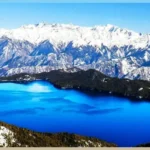





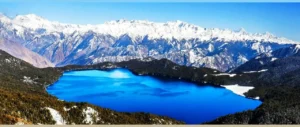



More Stories
Atomic Habits by James Clear: Book Review
The Newar Culture
Indigenous Communities (Janajati) of Nepal